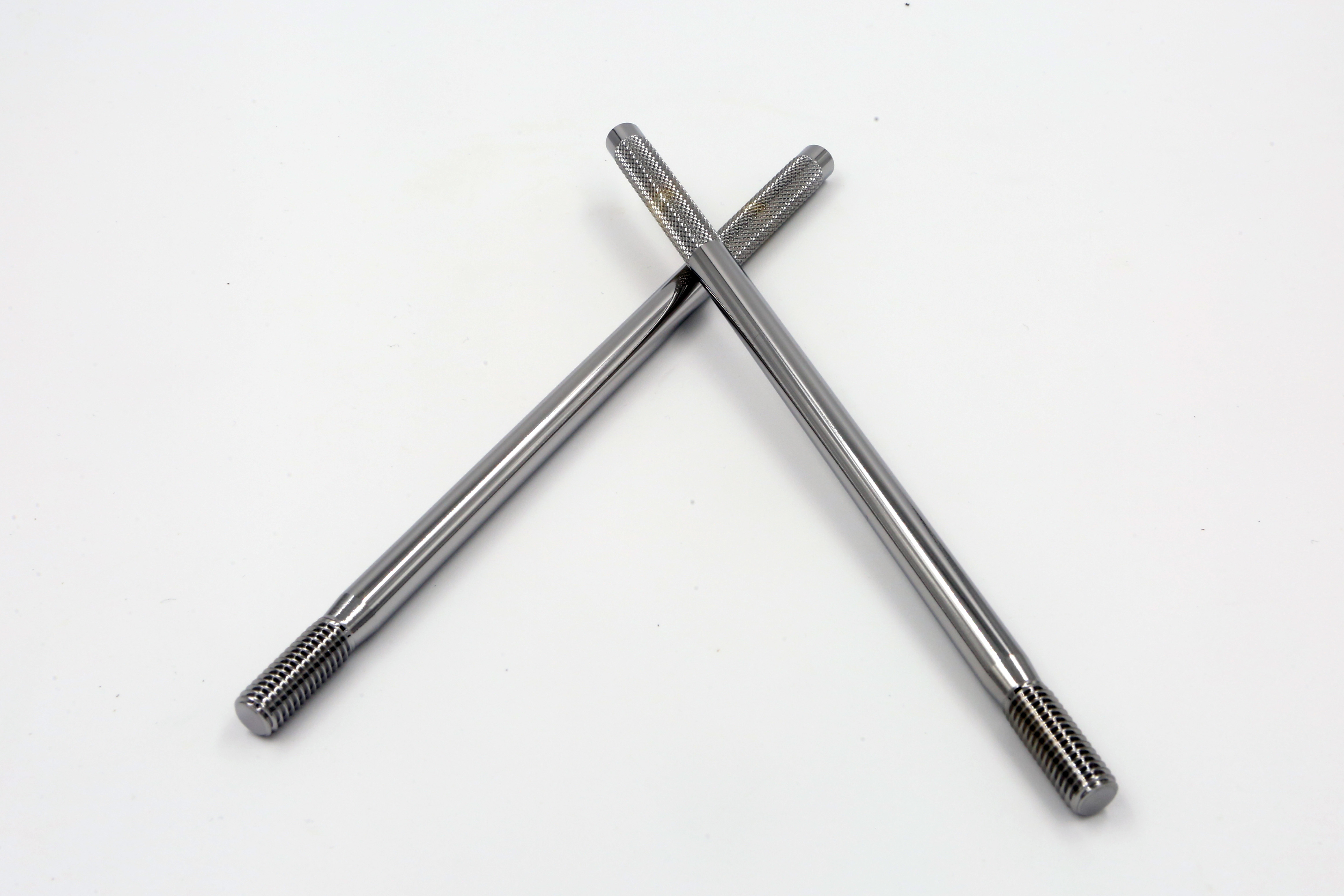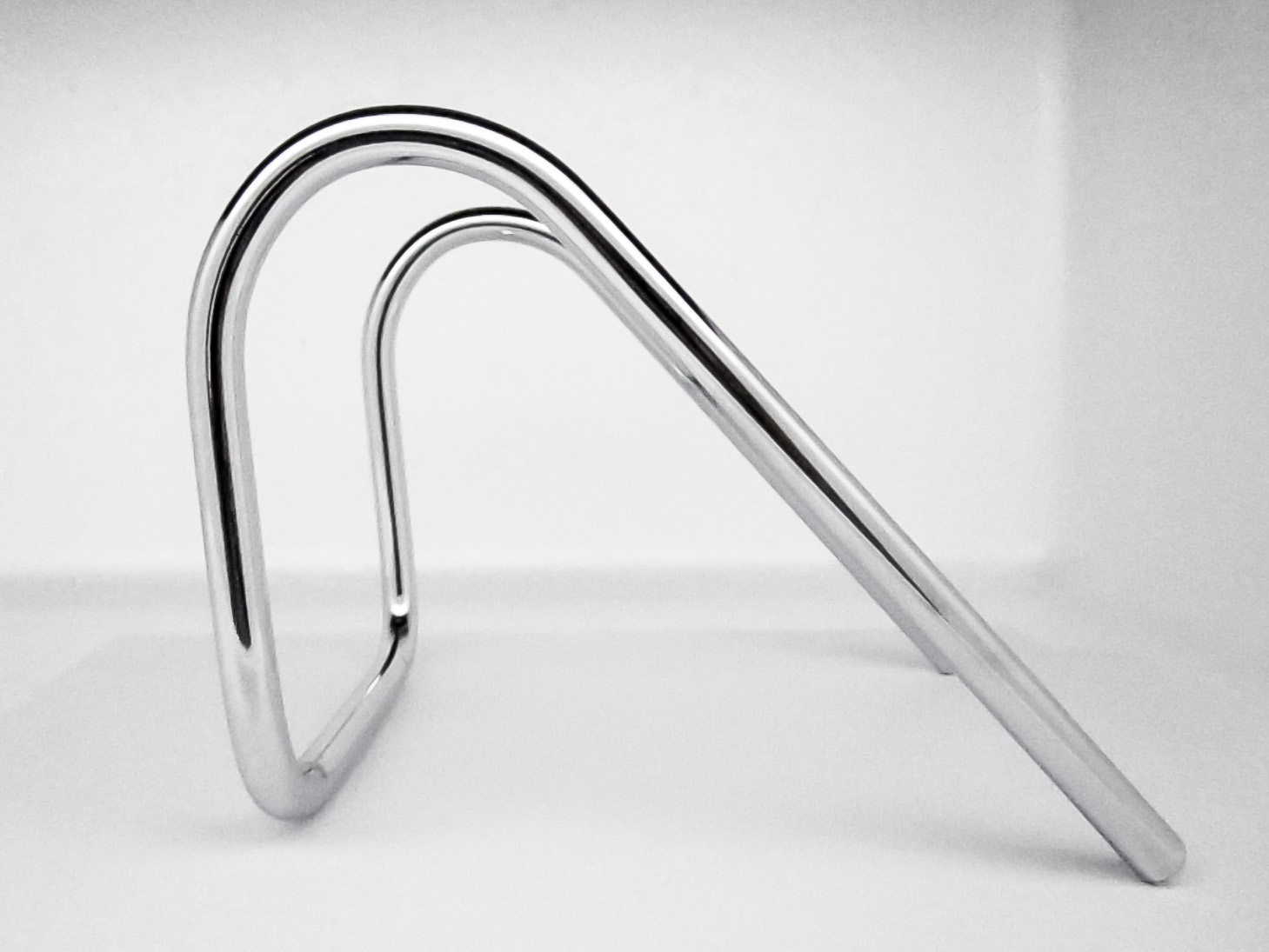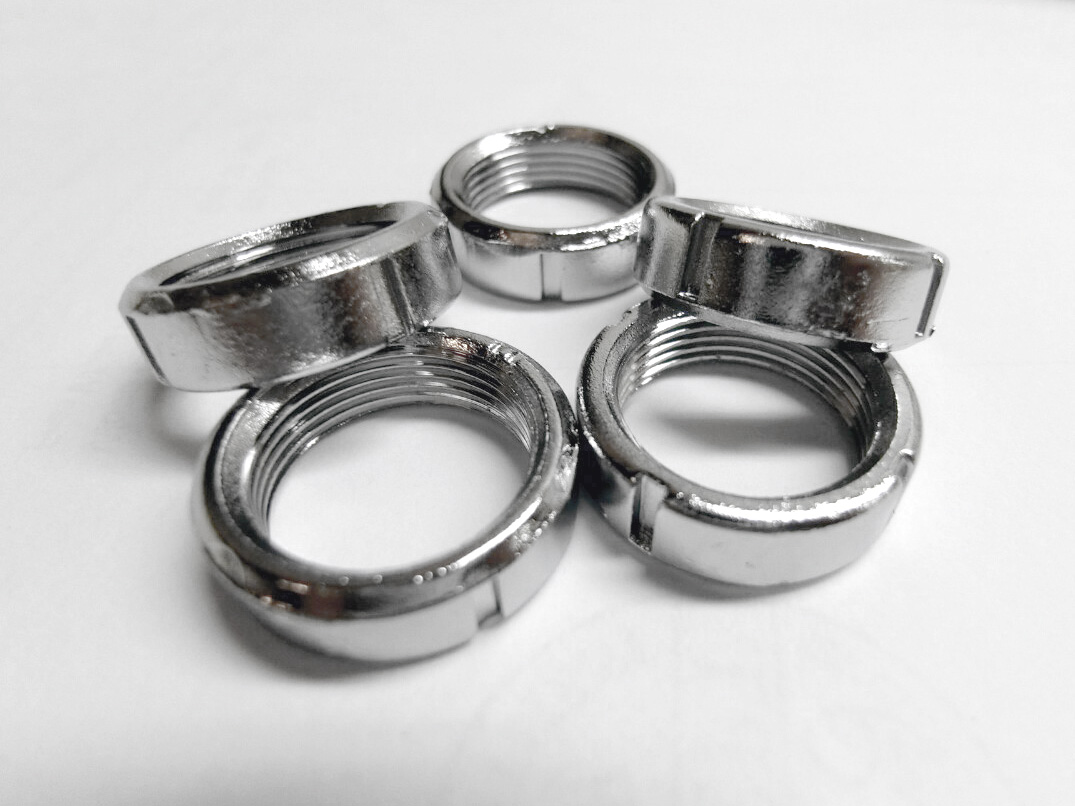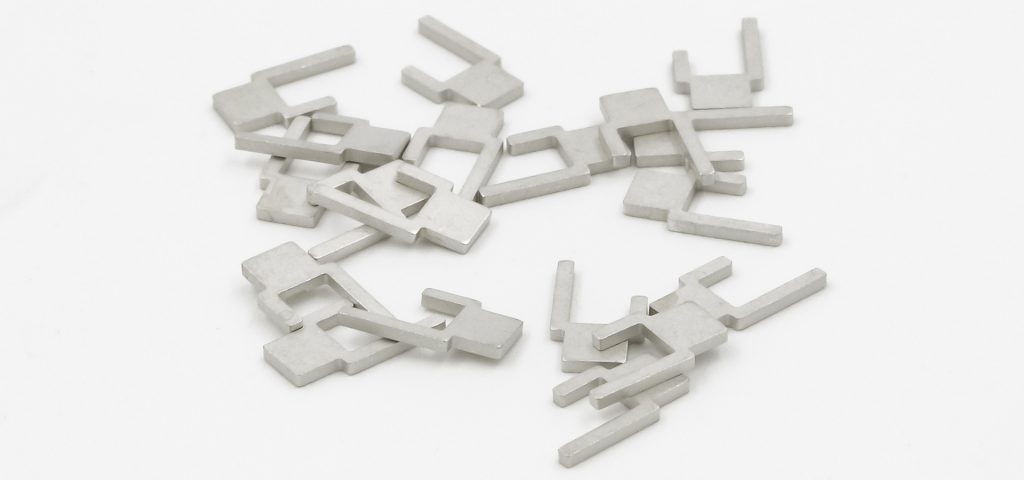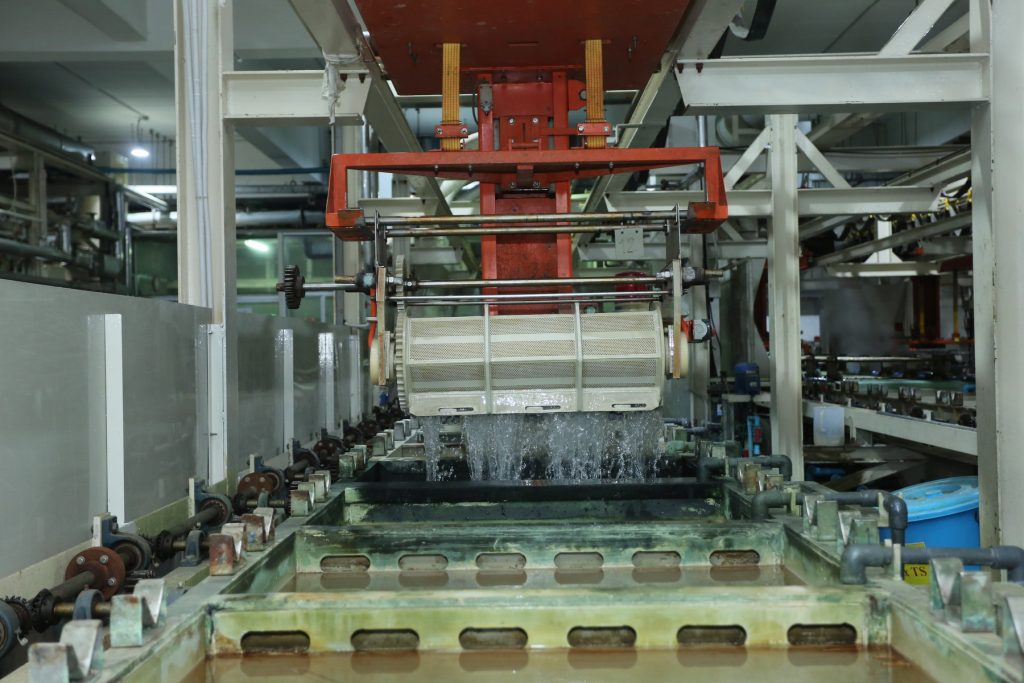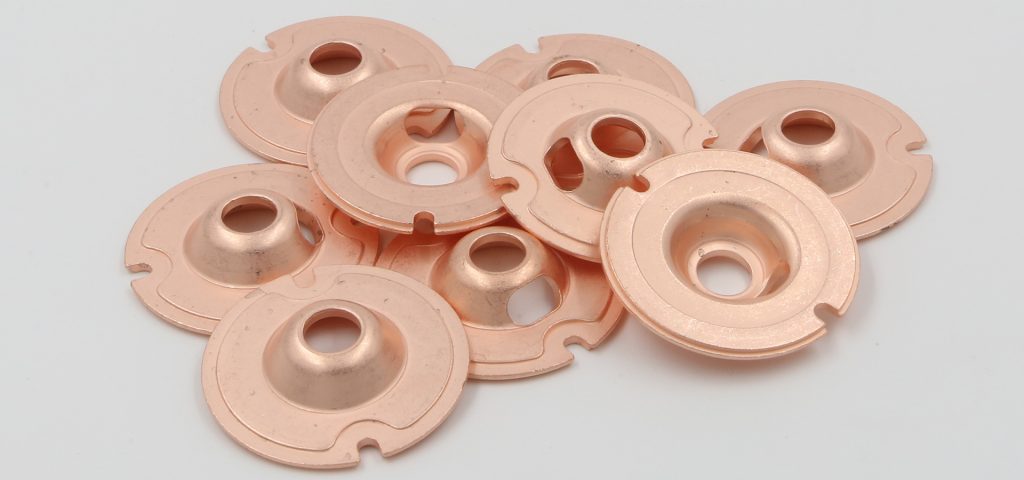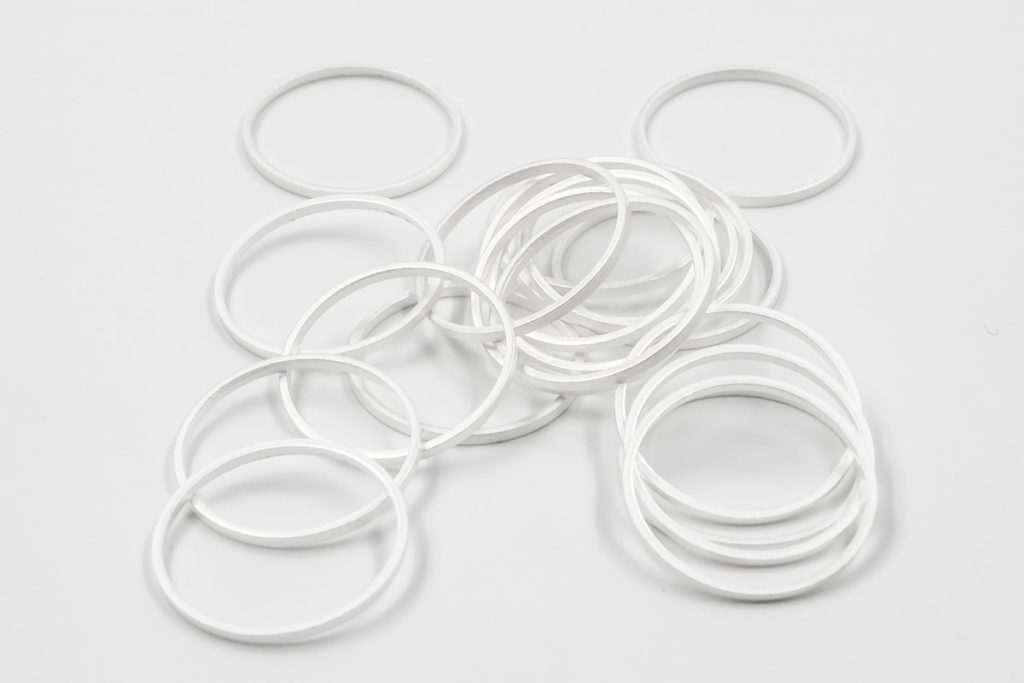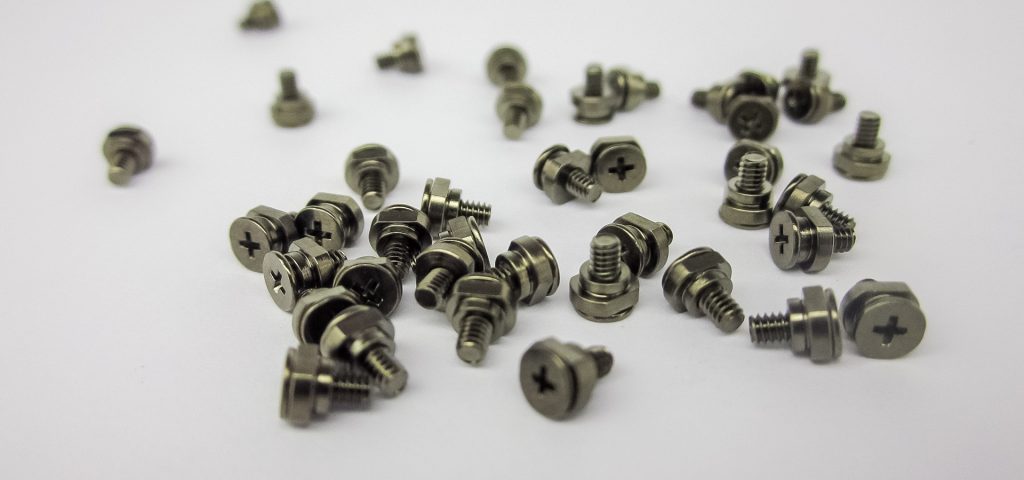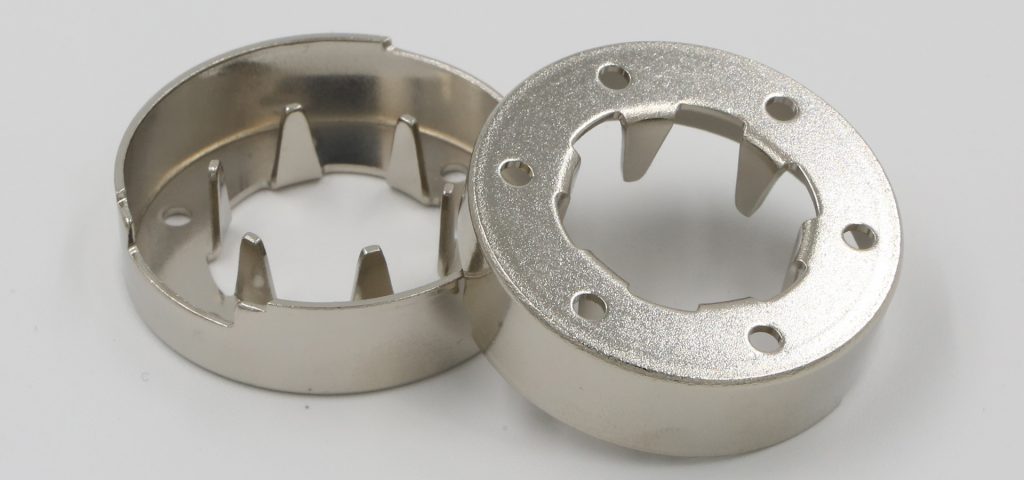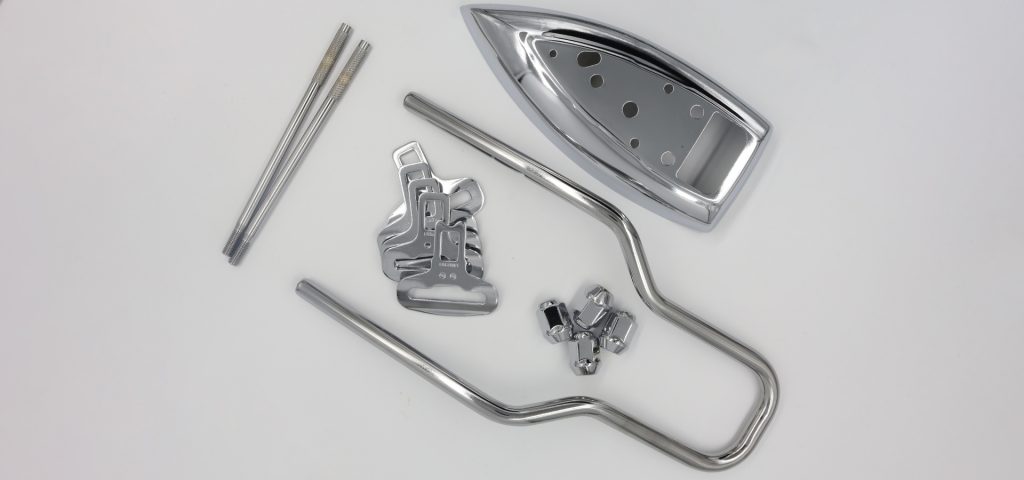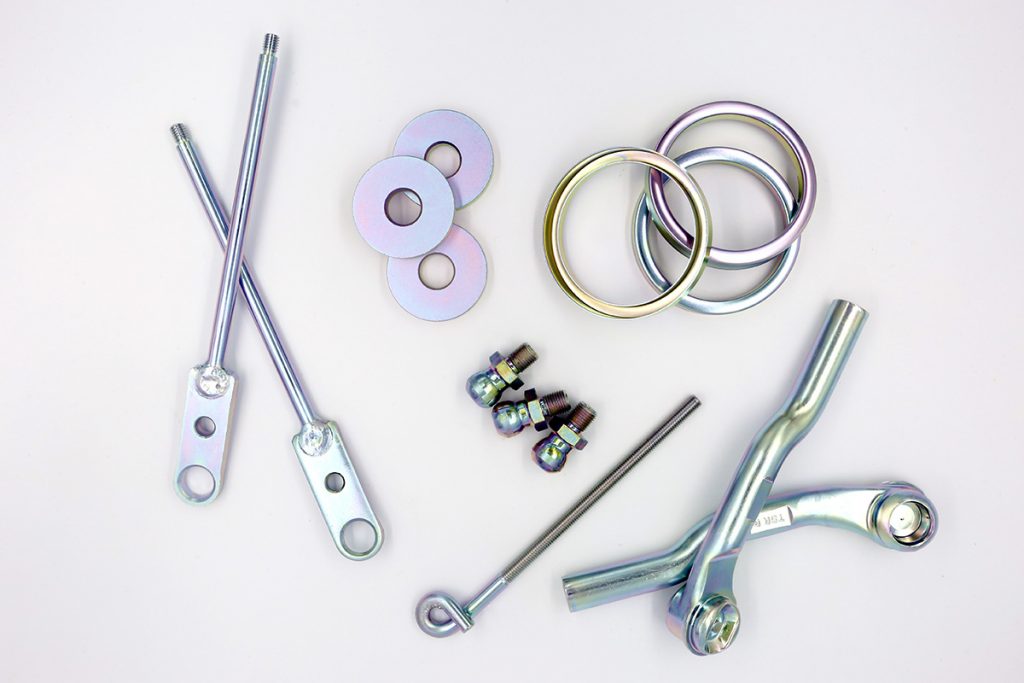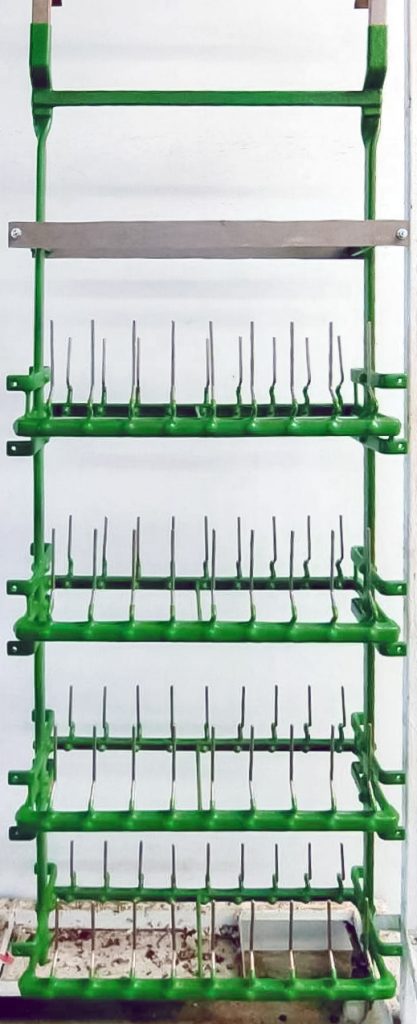Decorative chromium
is a thin chromium deposit applied to a metallic or plastic substrate in order to impart particular surface properties:
- Bright appearance;
- corrosionresistance;
- Wear resistance;
- Scratch resistance.
Decorative chromium is thinner than hard chromium. Additionally decorative chromium depositions have micro-discontinuity (micro-porous, micro-crack) structure in contrast to hard chromium, which is normally crack-free.
Typical applications of decorative chromium Electroplating:
- automotive parts (interior and exterior);
- plumbing fixtures;
- metal furniture;
- hand tools;
- Bicycles.
Advantages of trivalent chromium over hexavalent chromium decorative plating process:
- Lower toxicity.Hexavalent chromium solutions are carcinogenic, oxidizing and more acidic (more corrosive) than trivalent chromium.
- Lower chromium concentration. Chromium content in trivalent solutions is about 1/5 of that in hexavalent solutions.
- Higher productivity.
- Simpler process control.
- Less sensitive to the rectifier ripple.
- No treatments are required for formation micro-porous/micro-crack structure. Trivalent chromium deposits are micro-porous. Hexavalent chromium should be pre- or post-treated to form micro-crack structure.
- Lower drag-out. Trivalent chromium solutions have lower viscosity therefore the parts transfers less electrolyte to the rinse baths.
- Higher throwing power.
- Less expensive waste treatment and ventilation systems.
Disadvantages of trivalent chromium over hexavalent chromium decorative plating process:
- Trivalent plating solutions are more sensitive to contaminations. More frequent bath analysis is required.
- Trivalent solution components are more expensive.
- Limited deposit thickness.
- Deposit color does not meet some requirements.
At present, our company have both Hexavalent chrome and Trivalent chrome.

